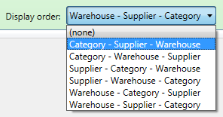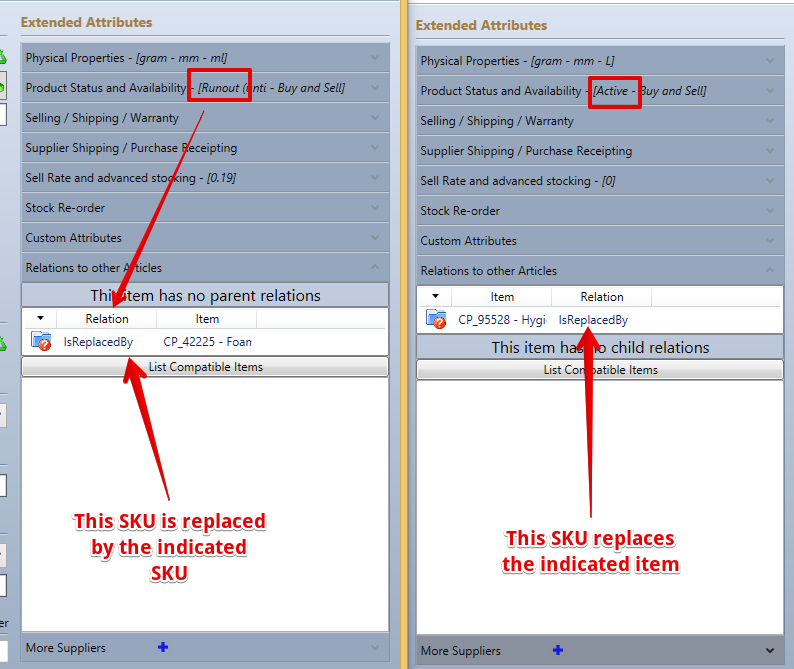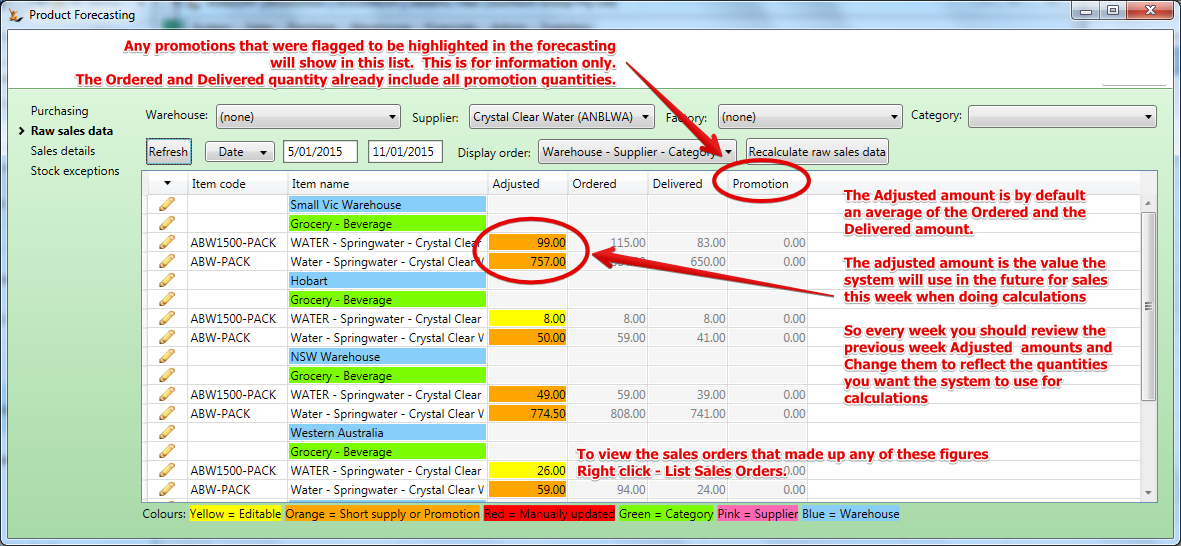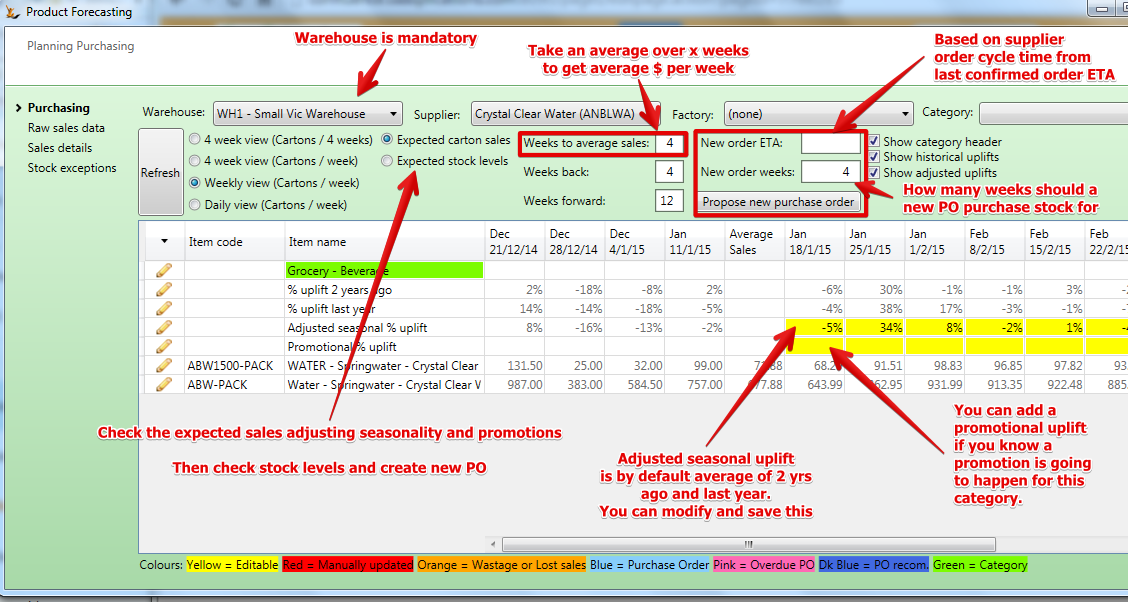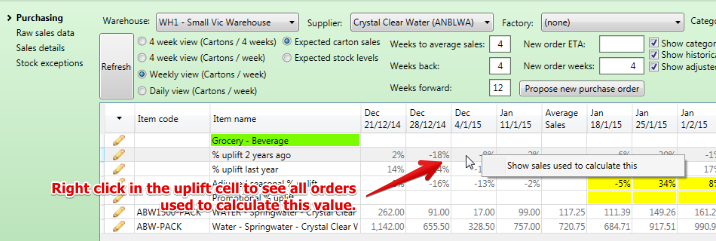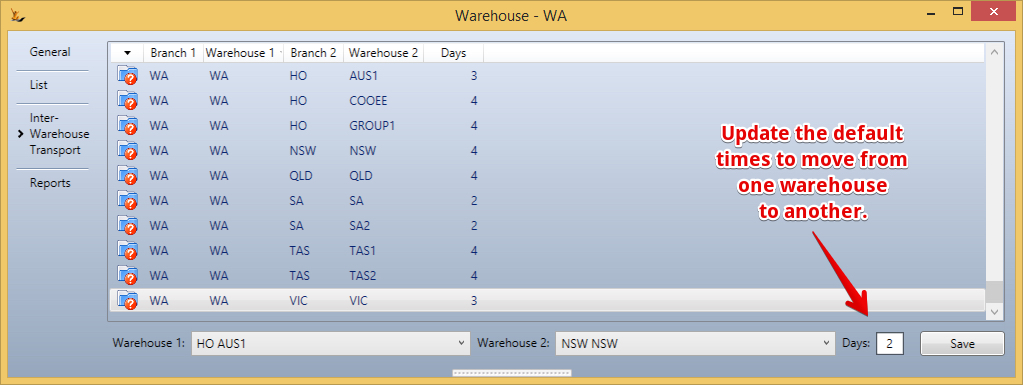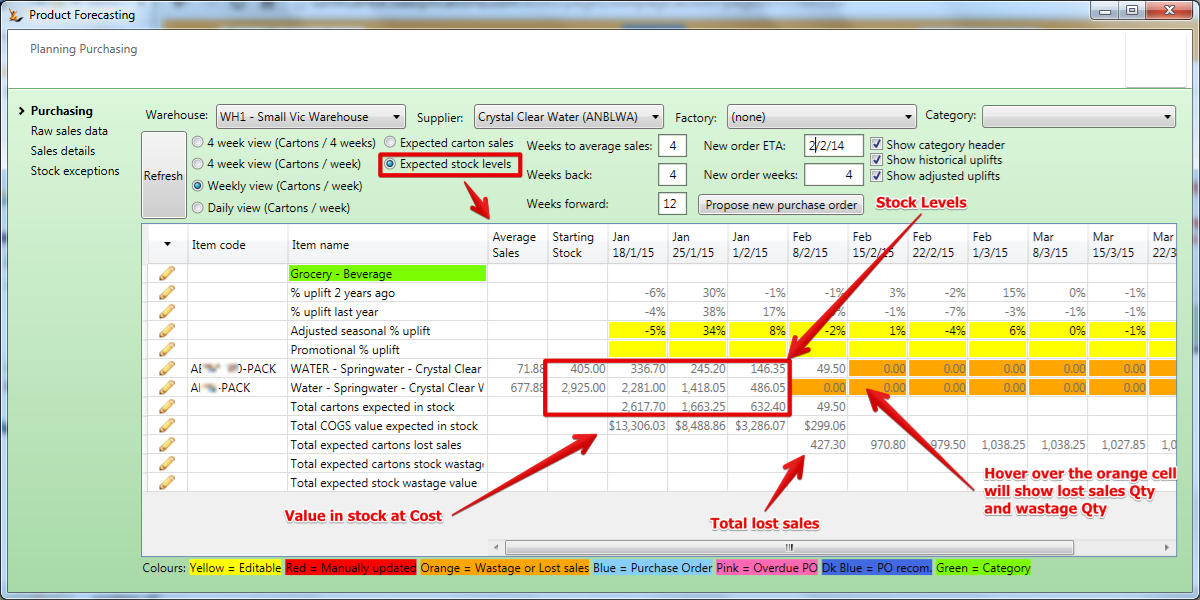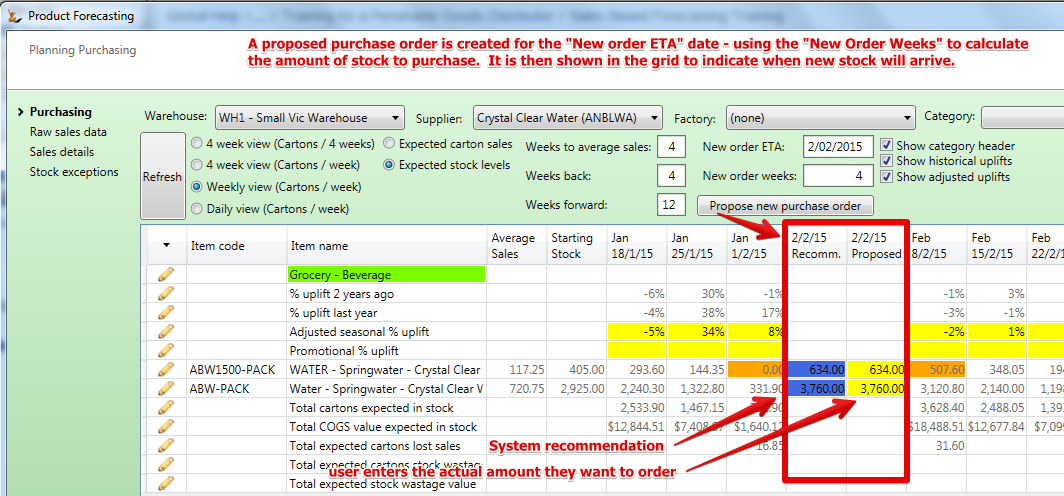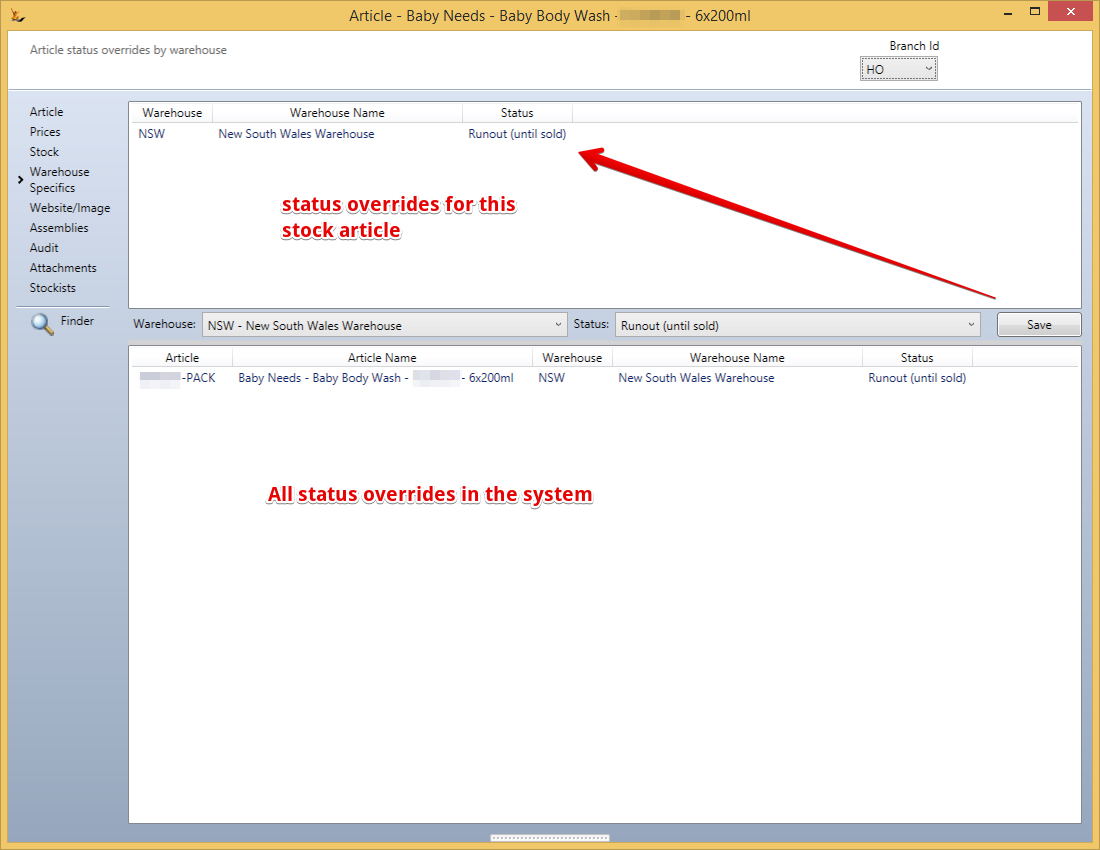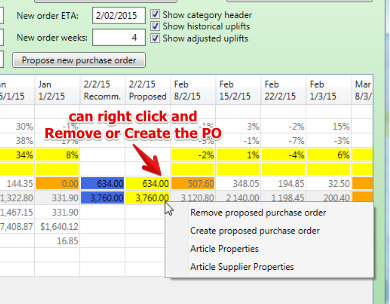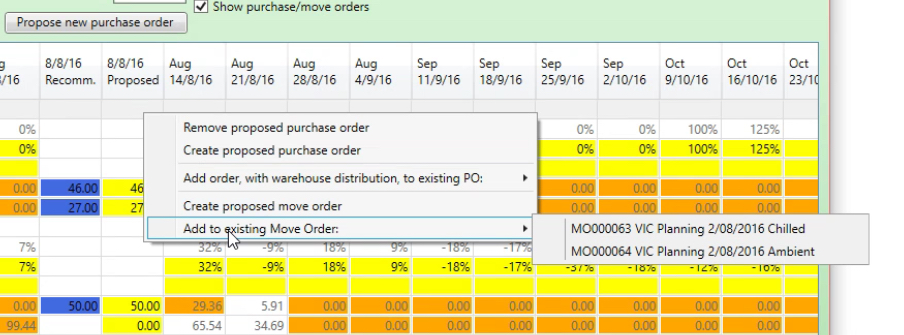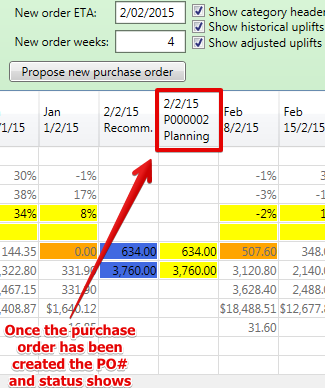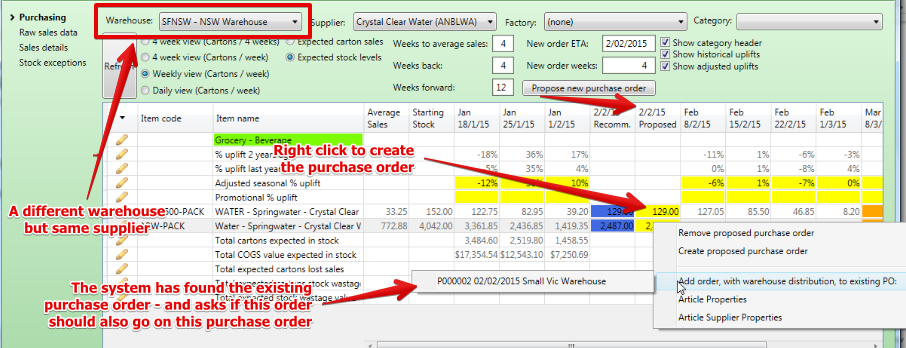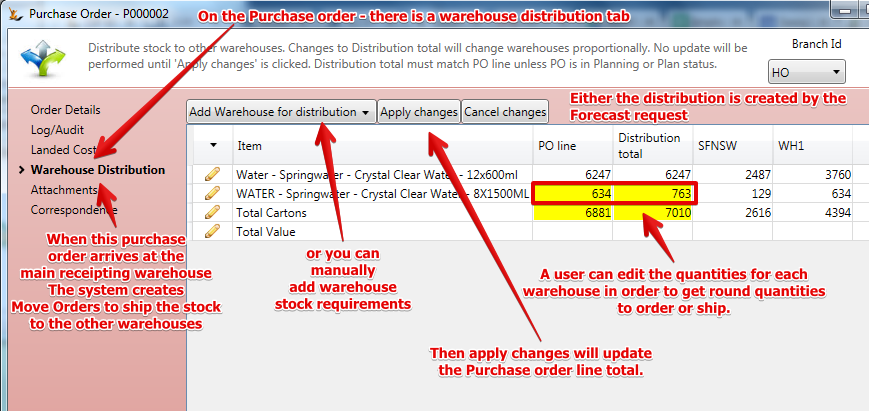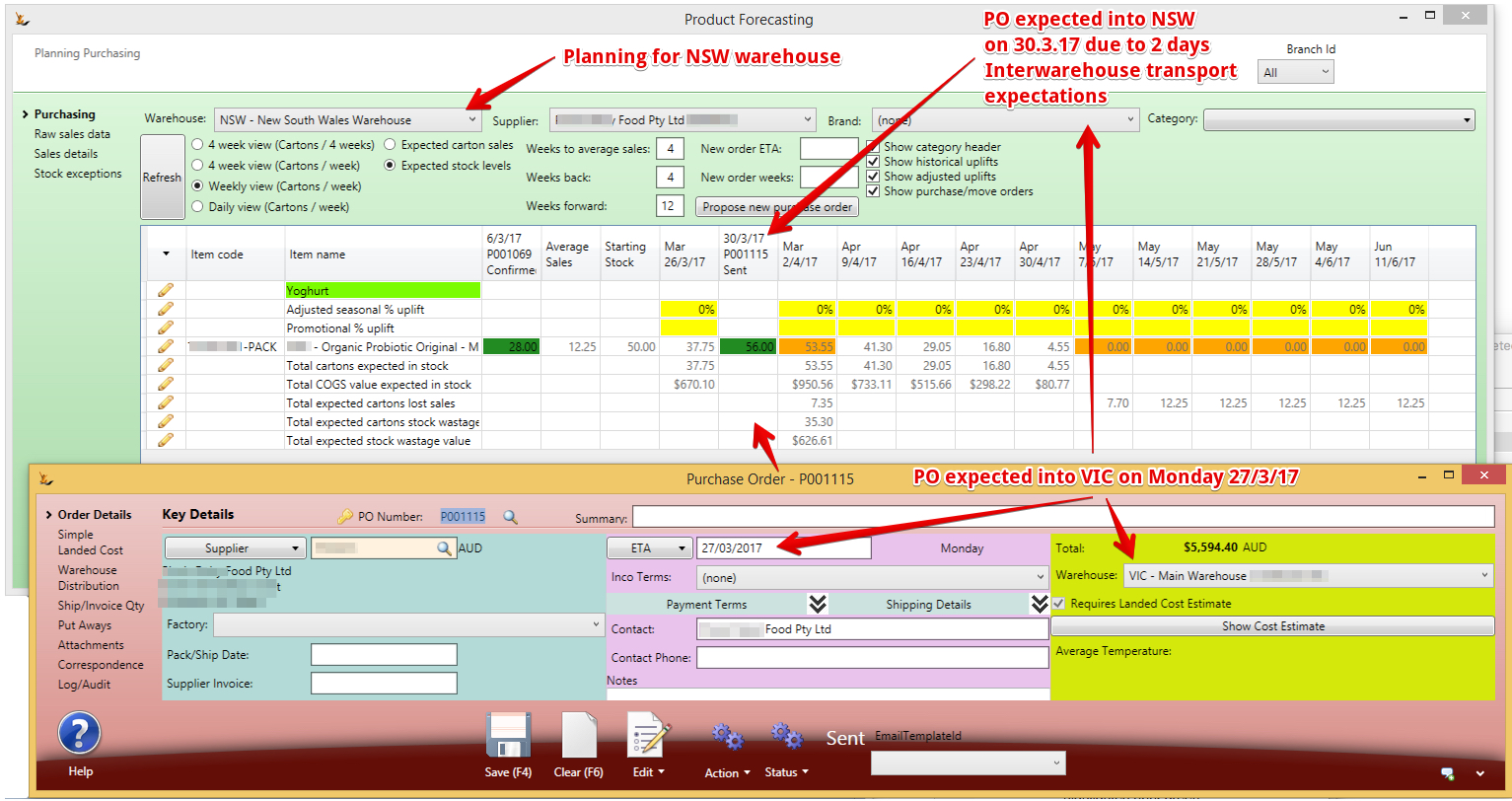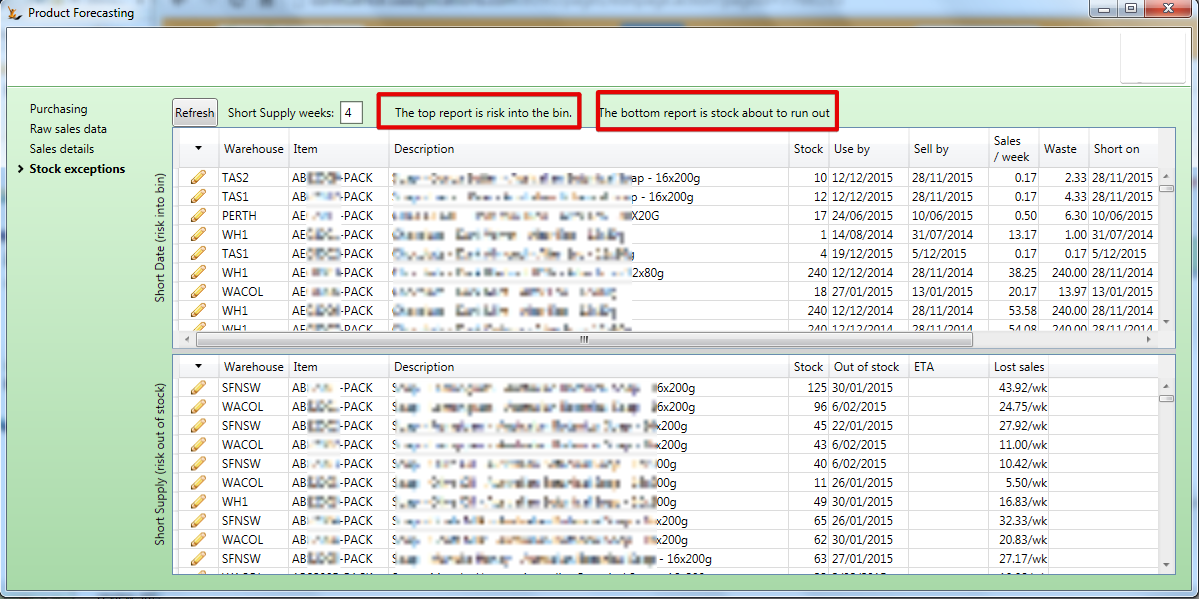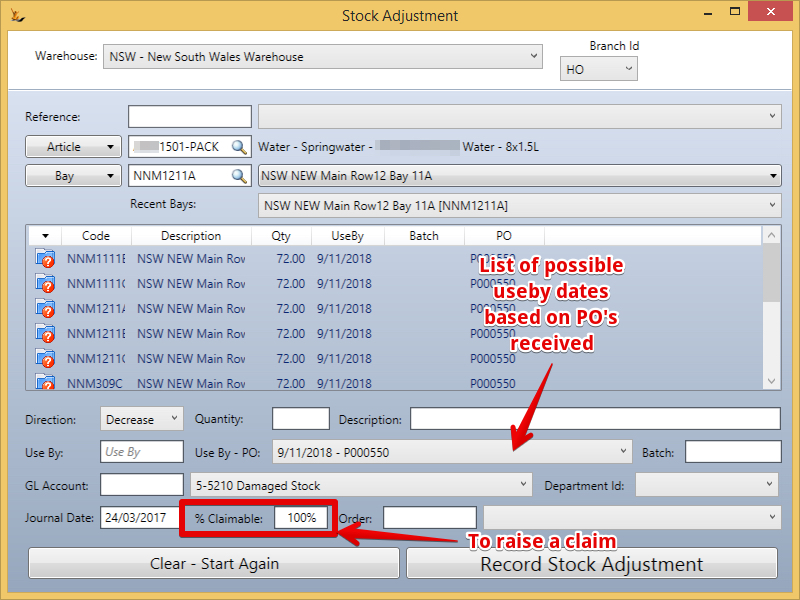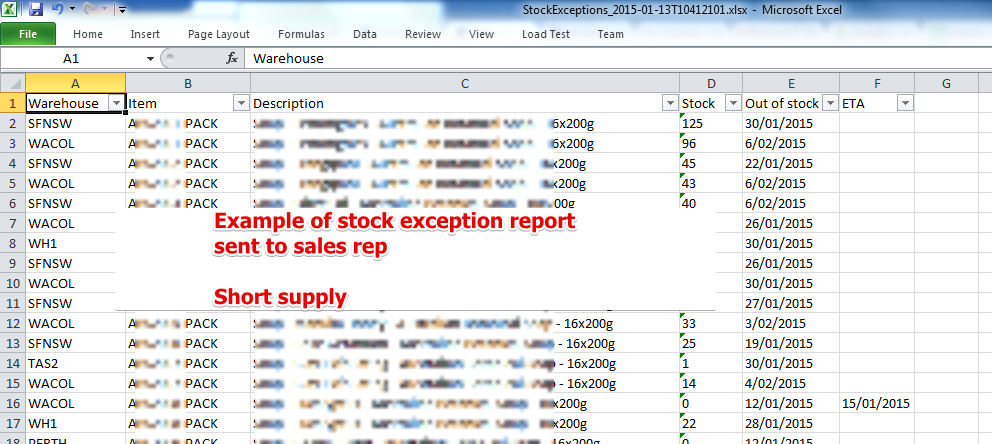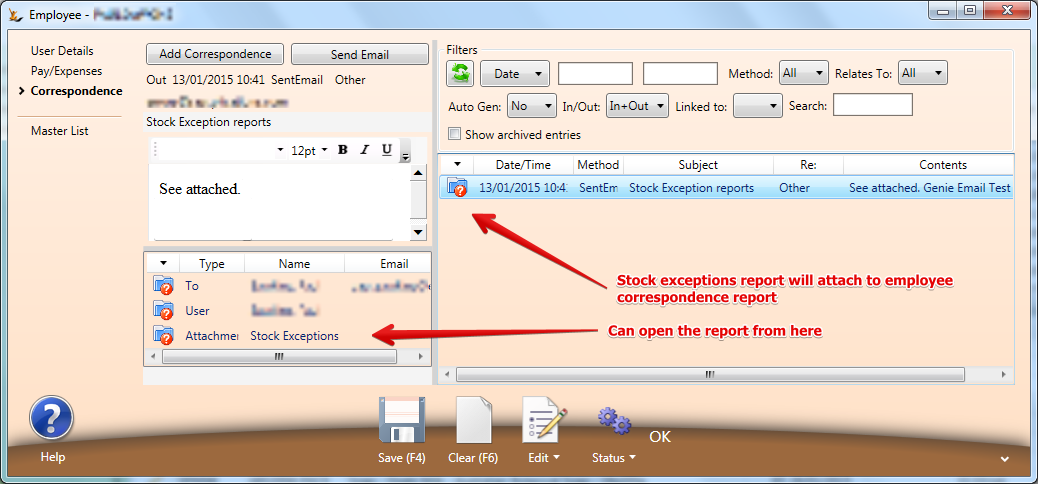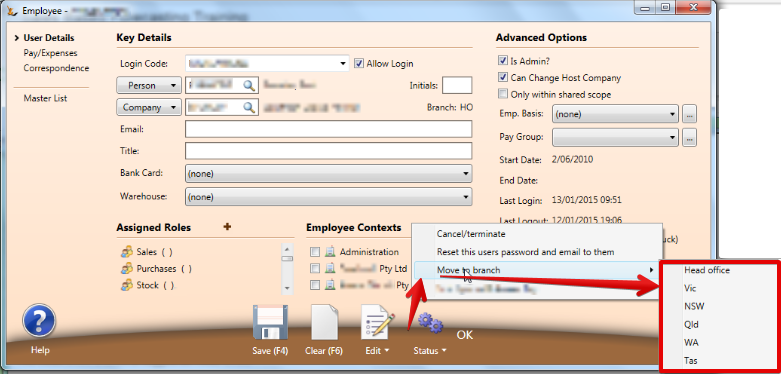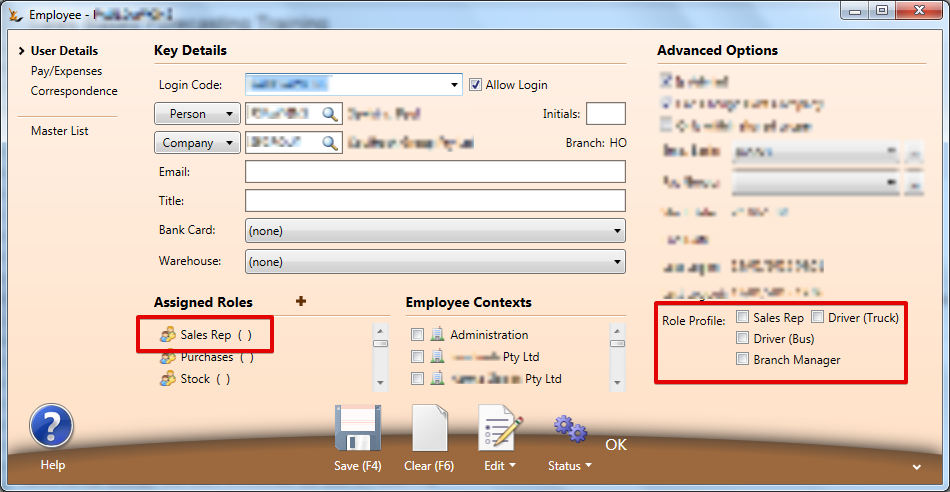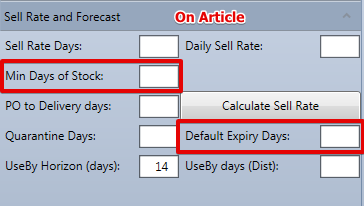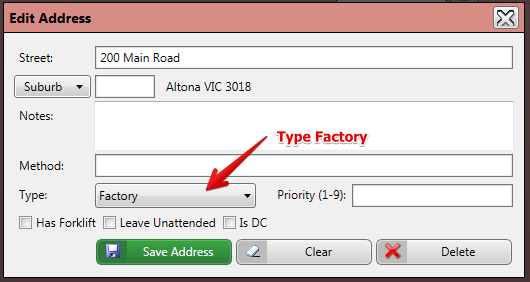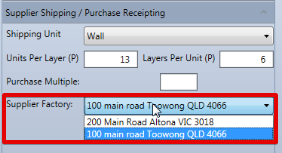Use Sidebar LHS to navigate
For global help click here
Product Forecasting Based on Sales History
Only Stockable Items are considered.
Use the lead time filter to remove products purchased via Daily Purchase Order using Min Max and Actual Sales
Table of Contents
Summary
To forecast sales and hence the required stock (and expected shortages) using:
- Sales - Recent Sales History
- Excluding "fire sales" quantities
- Seasonality - Expected uplift based on previous years sales
- By Warehouse - or across warehouses
- By Supplier and Supplier Factory
And to plan purchasing based on the sales forecast.
For the system to work well - you will need to make sure the configurations listed at the bottom have been done. The reason for each configuration is explained below also
SKU's that are replacements for Runout items will include the runout items sales history to calculate stock requirements
Step one - review recent sales data
The idea here is to review recent sales data to see if there are any changes you would like to make before the system calculates a forecast. The adjustment will be to the "Adjusted" column in the grid.
Why make adjustments to sales?
- You may have had a large one-off order you do not expect to have repeat and want to exclude from sales data (and did not flag as do not include on sales order)
- you can right click in the grid - review where the data comes from - open the offending order and flag as "Do not include"
- then Re-calc sales data.
- You may have had some fire sale of stock you do not want to include (and did not flag as do not include on sales order)
- If for some reason sales were down or up (competitor fire, or CBD shutdown) you may want to adjust the figures up.
What are the fields on the Raw Sales Data screen?
Warehouse choice
- If you choose no warehouse - the system lists all warehouse as below
- If you choose all warehouses - you will get a summary view company wide (no warehouses)
- Or you can choose an individual warehouse
Supplier
- is optional - but useful if planning for a purchase order. Supplier factory limits products to those shipped from that factory (See settings at bottom).
Category
- is product category - useful for planning across suppliers for a single category
Date Range
- is the period that will be shown
Display order
- is the Grouping of the results - you have different options to see the information in different ways.
Recalculate Sales Data
- (Sales Snapshot - per item per week per warehouse includes sell rate - warehouse item table (article ID, date ID, sell rate 1 which is updated weekly and includes JIT items parts etc, sell rate 2 which is updated weekly and based only on sales orders, reorder triggers, Another sell rate is held in price lists by host company)
- The sales data will recalculate every Sunday night looking back 4 weeks for changes to sales orders. However if you make some changes to sales orders or other changes and you then want the sales history data used by forecasting updated - use this button.
- Sales data is kept in Raw_Unit_Warehouse_Weekly_Sales which is based on sales orders (SKU, weekending date, warehouse, SKU, plan qty, shipped qyt, promotion qty, adjusted quantity as could have been manually adjusted)
Minimum Lead Days
- forecasting will not consider any stock item that has a lead time below this value (on the SKU or if none there then on the supplier) as this will be managed through the daily purchase order screen
SKU's being replaced
When a product is no longer to be purchased but still has stock (so cannot yet be made inactive) AND there is a clear replacement item that will be purchased as an alternative.
- Update the item being replaced to status RUNOUT
- Set the Replacement item
- The replacement item stock level and sell rate will include the items that it is replacing.
View the SKU to see the relationship
Raw Sales Data - can update expected sell rates
If a SKU has a status of Runout AND has a replacement SKU nominated - then the replacement SKU will be highlighted and will include sell rate history of any SKU's it is replacing.
Step two - view expected carton sales
Using the recent sales history to calculate average sales
- Weeks to Average Sales
- Decide over how many weeks the system looks back to create the averages.
- This is a "rolling average" where the average of each week is the average of the previous 4 weeks.
- Example - on week 20 of the year using "Weeks to Average Sales" = 4.
- Week 20 average = average of weeks 16 to 20
- Week 19 average = average of Weeks 15 to 19
- %uplift will be the % change from Week 19 Average to Week 20 Average
- The same calculation applies for 1 year ago and 2 years ago uplift calculations - it uses the value "Weeks to Average Sales"
- Hence the calculations between years are directly applicable based on week of the year.
Step 3 - view expected stock levels and planning purchasing
Toggle to "Expected Stock Levels" view to review if stock will be wasted (run out of expiry) or stock will run out and you will miss sales.
If you do not select a supplier the system will show many purchase orders in the grid. Untick the "Show Purchase/Move Orders" to simplify the view (or select a supplier).
Move orders - inbound to a warehouse expected stock - ETA date for move order is calculated as:
- The date of the Purchase Order expected date
- plus the default number of days to move stock from the PO receiving warehouse to the Move Order receiving warehouse
- plus 1 (to provide the morning the stock will be available to pick)
Interwarehouse standard times are defined on the warehouse definition screen
Stock expected into a warehouse on a move order will be coloured dark green
Expected stock levels - can adjust expected uplift by product category
Ask the system to propose a purchase order
If the system does not propose a purchase order then there may be enough stock for all lines for the length of time you want to purchase for (ETA + new order weeks)
A proposed purchase order OR move order OR add to existing Move order is also an option.
Note Orange includes Wastage, Lost Sales or Move Order Out
Move Order Dispatch Date indicates the move order does not have an ETA - so is using Dispatch date.
Stock Articles may have a status over-ride per warehouse. The status over-ride allows each warehouse to have a different Article status for each stock Article. Example - if a branch is no longer going to sell a stock article then setting the status for that warehouse to "Runout" will ensure no more stock is purchased for that warehouse and it will revert to Inactive once completely sold
At this stage the system has proposed a purchase order - but not yet created it.
Can also create a move order - or add to existing move orders
Note - can also add to existing move orders - any move order to this warehouse that is not already in transit will be available.
Once the Purchase order has been created it will show in the grid (any existing Purchase Orders always show in the grid)
The system will adjust to show when you will run out of stock.
If the system does not change it's view - you may be missing some setup data. If the product is perishable (use by date must be specified) and there is no entry in either the Article "Default Expiry Days" or on the Supplier " Default UseByDays" then the system assumes all stock will expire immediately - see setting below.
PO Number shows in the grid with ETA once created
If you then plan a purchase for the same supplier for a different warehouse - it can be added to the existing purchase order
Add this will add a new distribution warehouse to the existing purchase order - and update the total Purchase order Quantities
The ETA to the move order warehouse will be based on the PO date plus interwarehouse shipment defaults.
Sales Details Tab - shows the list of orders that make up a figure in the report
Right click on a cell in the other tabs to see the orders that make up a figure
Stock Exceptions Tab - Expiring Stock and Low Stock Report
These reports show
- Stock that is not expected to be sold before it expires - consider doing some specials or contacting a company that takes short expiry stock
- Stock that will run out based on current expected orders and current planned purchases. Probably worth contacting the supplier to expedite or considering cross sell alternative lines
On Stock Exceptions Short Supply Notes column. If there is an ETA this will show:
- Purchase Order number if the stock is expected on a PO.
- PO number and warehouse code in parentheses if the stock is expected on a PO to another warehouse. In this case the ETA will be the PO date plus the inter warehouse days plus one.
- Move Order number if the stock is expected on a MO.
- Context menu for lines with an ETA include the option to open the PO or MO
- status override - if the warehouse has a status over-ride for the stock article
Note that you can send a stock exceptions out to the sales team so they are aware of out of stock conditions
Writing off Short Dated Stock that might be claimable
Right click on the short dated stock report
Enter the required details. Note that if the write off can be claimed from a supplier then enter the % of the value you expect to be able to claim.
See Supplier Claims based on supplier funded promotions, Customer Returns, Stock Write offs for details of supplier claims.
Report Examples - sent attached to email
Low Stock Report Example as sent to a head office employee.
On Stock Exceptions Short Supply Notes column. If there is an ETA this will show:
- Purchase Order number if the stock is expected on a PO.
- PO number and warehouse code in parentheses if the stock is expected on a PO to another warehouse. In this case the ETA will be the PO date plus the inter warehouse days plus one.
- Move Order number if the stock is expected on a MO.
- Context menu for lines with an ETA include the option to open the PO or MO
- status override
How to find the report later - employee correspondence history
Who will get the Stock Exception emails ?
Reports are filtered by users branch
The system uses settings on the employee to determine who gets this email and what they can see
| Branch | What will they get |
|---|---|
| Head Office Branch | All Branches summary by warehouse |
| Any other Branch | Their Branch summary by warehouse |
Employees are linked to a Branch
The head office branch is flagged as Head Office on the host company
Reports are filtered by users Role
Identified by | Short Supply Report | Predicted lost sales (on short supply report) | Short Dated Report | notes | |
|---|---|---|---|---|---|
| Sales Rep | Flag on Employee Role of "Sales Rep" | Yes | |||
| Branch Manager | Flag on Employee | Yes | Yes | Yes | If a branch manager is flagged as an employee they will only get the branch manager report |
Configurations required
Supplier Order Cycle Weeks
Setup on the supplier and used to estimate the next PO date ETA
To estimate the date for the next Purchase order - the system looks back at the date of the last "Confirmed" or greater purchase order and then adds the number of weeks.
To calculate how much to order the system uses the order cycle weeks.
Expected Stock Expiry and minimum stock levels
To calculate the expiry in the future of stock that has not yet been received.
First the system looks at the Article details - in case this article is not the same as the default from the supplier
If there is no value at the Article level the system looks at the supplier
Supplier Factory
A supplier with multiple factories may want a separate purchase order for each factory. Each article is then flagged with the Factory it comes from.
How to setup a factory on a supplier
How to set the factory on the Article
Related issues
For information about SaaSplications go to http://saasplications.com.au
